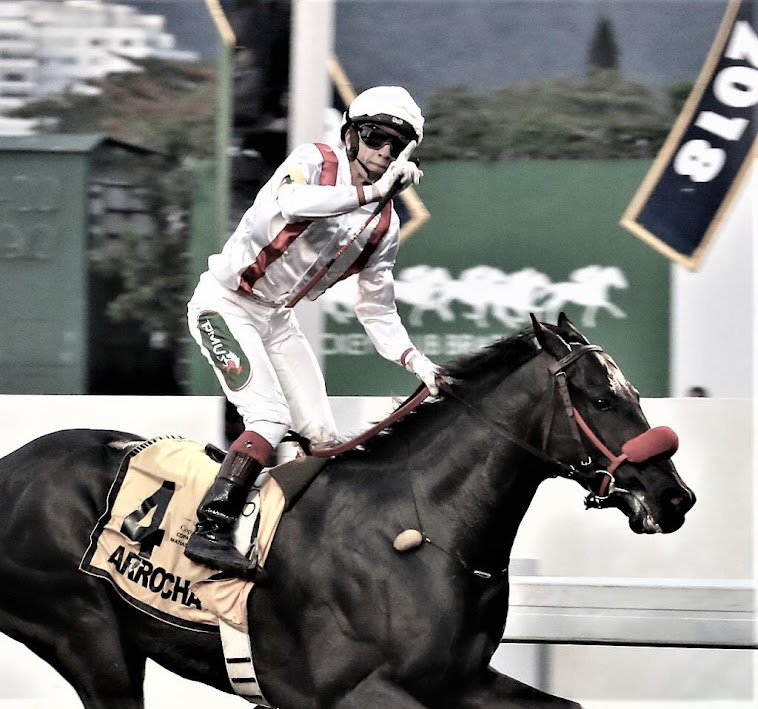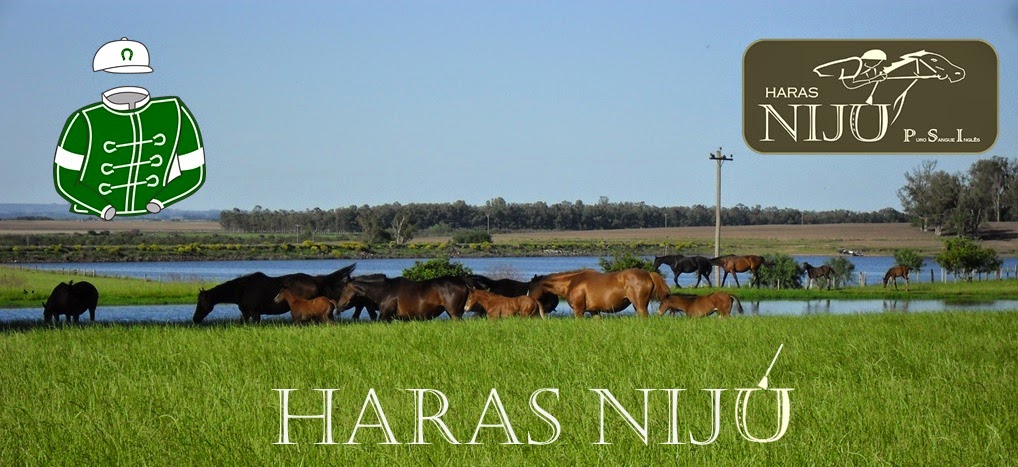Pesquisando sobre linebreeding encontrei esse interessantíssimo artigo sobre o tema. Segue o texto com grifos meus e no fim o link original. Parece que "alguns" lugares do mundo já enxergaram a luz. Um abraço e boa leitura.
Basic linebreeding rules to pursue in thoroughbreds
This column often features notes on linebreeding procedures to provide owners with guidelines in the ongoing battle to upgrade their thoroughbred families.
It was suggested that perhaps one edition could give an overview on what linebreeding is all about. So here we go.
The aim in linebreeding is to duplicate desirable forebears in each parent in the hope that their attributes will be transmitted to the new equine being.
Stud breeders with sheep and cattle, poultry and pigeon fanciers and cat and dog breeders linebreed profusely in their resolve to improve their stock. Till recently horse folk didn’t show the same interest.
In thoroughbreds if you have a mare with Round Table for instance you try to mate her with a stallion carrying the same key name.
If you duplicate up front (within the first three removes) you are practising inbreeding within New Zealand definitions. When the positioning involves the third generation and beyond the process is known as linebreeding.
Where racehorses are concerned linebreeding practises seem to overshadow the more intensive inbreeding scenario.
The great Italian breeder Federico Tesio (1869-1954) is acknowledged as the pioneer in the linebreeding arena. He started his famed racing establishment about 1900 but the early results were disasterous. With his wife he carefully studied bloodlines from champion gallopers around the world. The results from their pedigree research were quite amazing but the Tesios never disclosed their findings.
Enter Harold Hampton a London born Aucklander, who passionately studied pedigrees. He found the greatest gallopers carried linebreeding patterns.
But there was an important factor that he identified. When a key forebear (say Round Table) was doubled in each parent there was a sex balance to be considered. Round Table would be seen through male and female lines.
In one parent he would be carried through a son and in the other through a daughter.
Alternatively Round Table would appear in one parent and his sister Monarchy in the other. Should the male/ female factor be overlooked and all male presences prevailed, there was a strong chance that a plodder would be developed.
Hampton received flak from the New Zealand breeding establishment but with time many followed his guidelines. Nowadays New Zealand is a hot bed for pedigree appreciation and this has helped improve our stock immensely.
The next researcher was the Australian Ken McLean, who studied the Tesio patterns and his findings matched the Hampton discoveries. Tesio was a linebreeding exponent, who had identified the ultra important sex balance.
At that stage there was probably little appreciation why the male/female matter was so important. This developed when the geneticists eventually focussed on the racehorse. Their X Factor research showed that many desirable attributes could only be transmitted through the female in the breed. Males carrying the desirable factor, could only pass them on through their daughters.
But the linebreeding scenario is never static but ongoing and developmental.
We are no longer so dogmatic as to claim that an all-male duplication will downgrade the breed. A doubling through sons only is accepted as long as it is very much a minority presence. The great Might And Power was a prime example.
Fillies can overcome the all male jinx. Our own star Sunline has a double Northern Dancer all-male factor, which causes no inconvenience. However, if she had a full brother he could inherit problems.
Do you recall Slight Chance? She won five Group I races in Australia with a pedigree dominated by all-male duplications. Her brother the $AU 310,000 colt Almighty won a single race and earned something like $AU 4800!
The geneticists claim the bottom or female tail line is the most effective and influential in a pedigree. By repeating that strain in a planned mating, a family can be upgraded.
Generally females are a very important element in linebreeding lore. Repetitive strains involving such notables as Somethingroyal, La Troienne, Lavendula II, Sun Princess and company can be invaluable equine components.
When breeders seek the sex balanced duplications they often meet a notable forebear carried twice and three times only through his daughters. This is no disadvantage.
Northern Dancer has made a major impact on the modern thoroughbred. He has developed a certain diversion on the all male norm. For some reason or another certain Northern Dancer sons can beat the all-male jinx if they are carried through a daughter.
For instance Nijinsky II, Lyphard, Nureyev, Be My Guest and company sail through the linebreeding hoodoo unscathed if they are carried through one of their daughters. We call this the “Northern Dancer diversion.”
One son can be a champion and a brother a flop. As a result Tesio always pursued a copybook pedigree twice, just in case it didn’t work the first time. Wanganui boasted the prime example in Veandercross, whose elder brother Regal Crossing didn’t win a race.
They were both contrasting types, too.
When you’ve found a lovely mating on paper, make sure the parents involved are equally compatible in type and temperament. Stockmanship and scholarship must work in tandem.
Abs, Gil Moss















